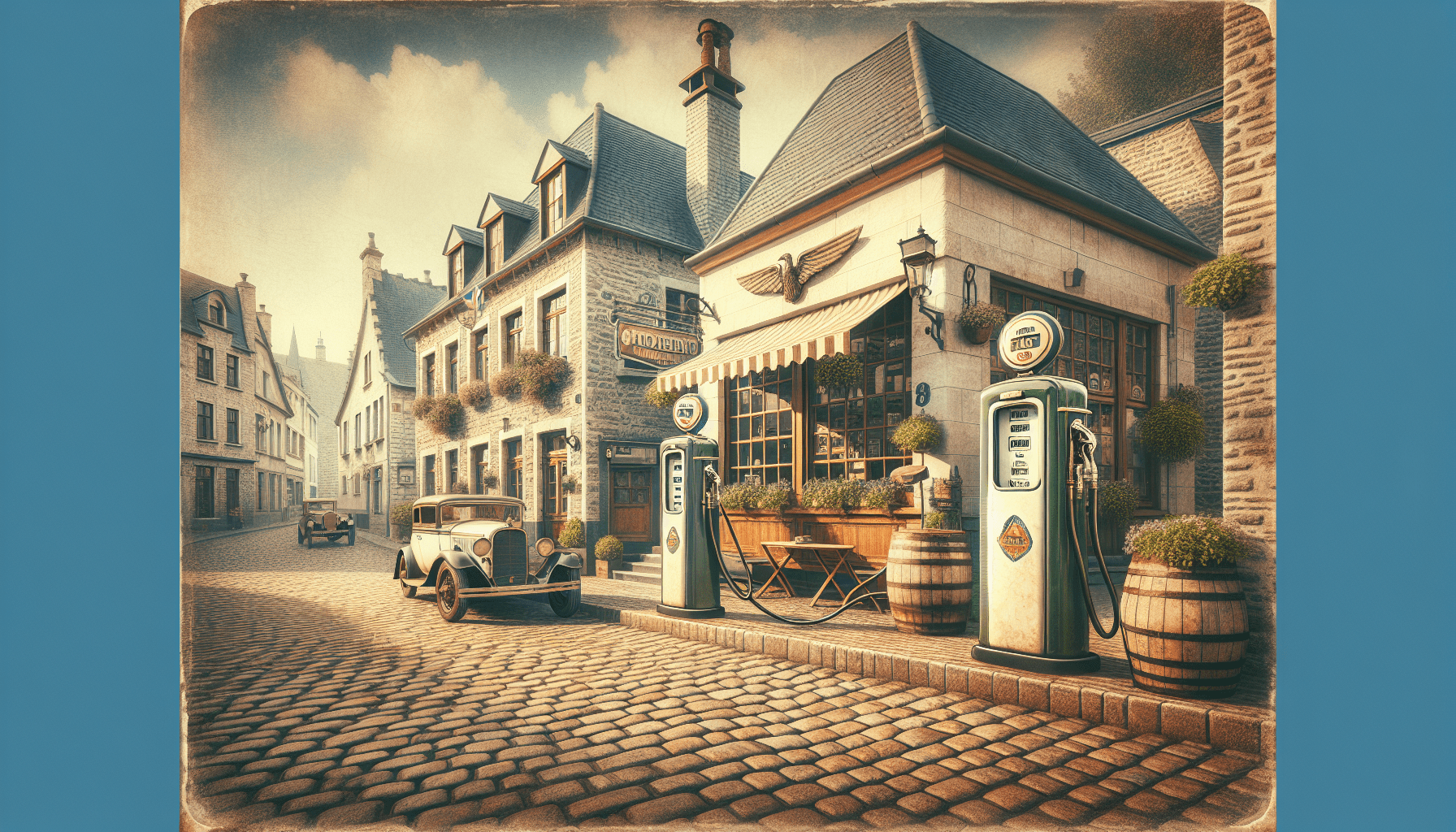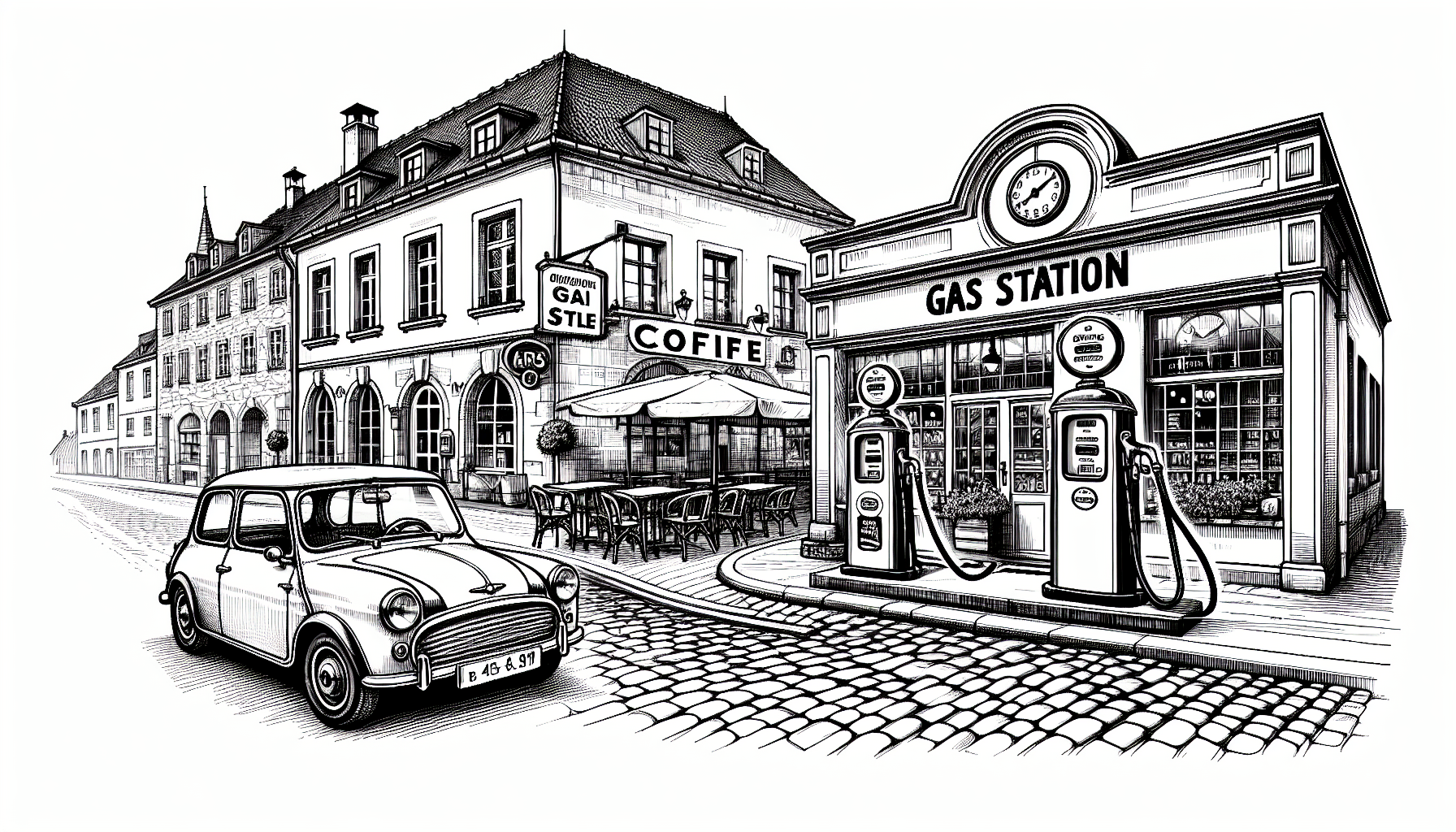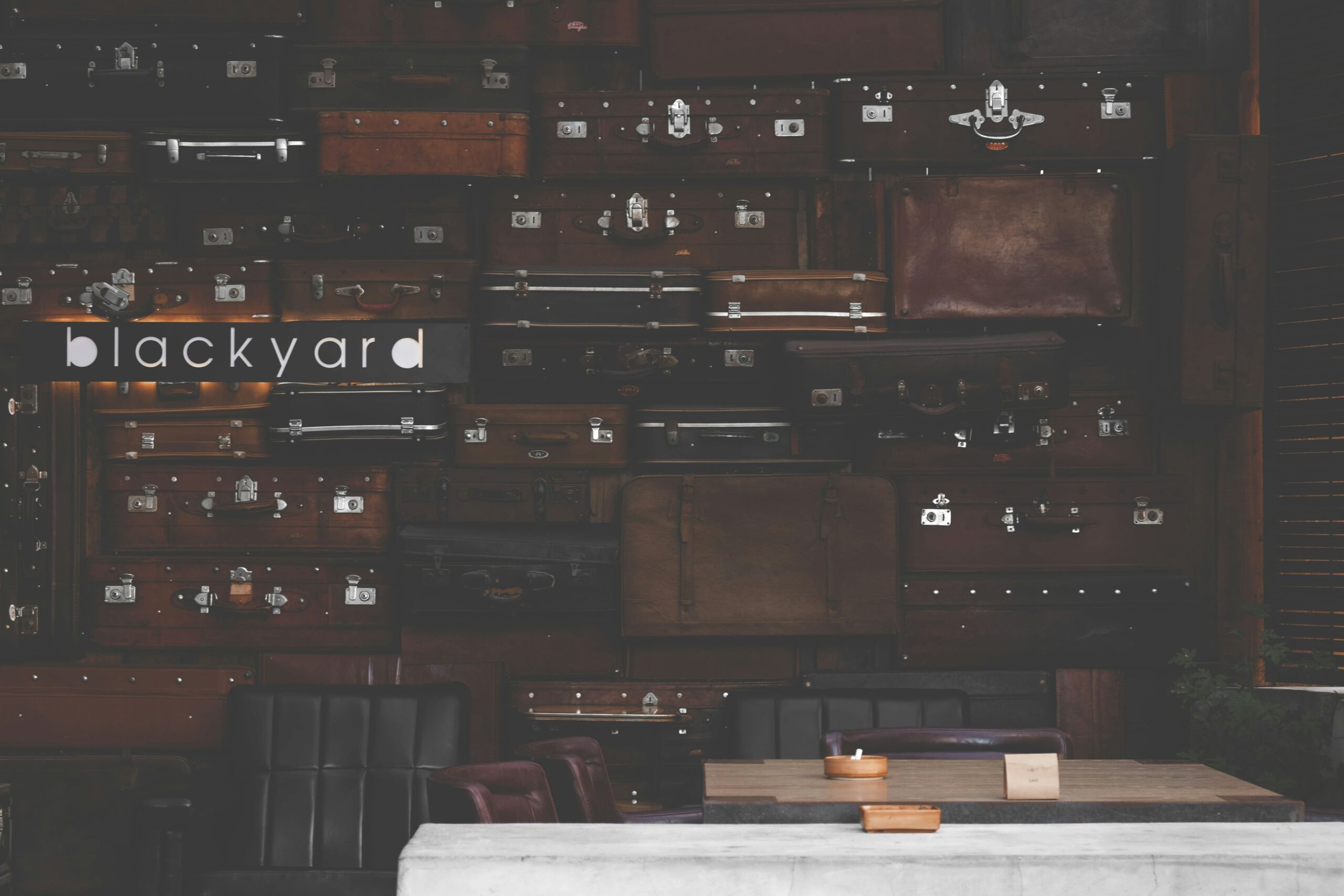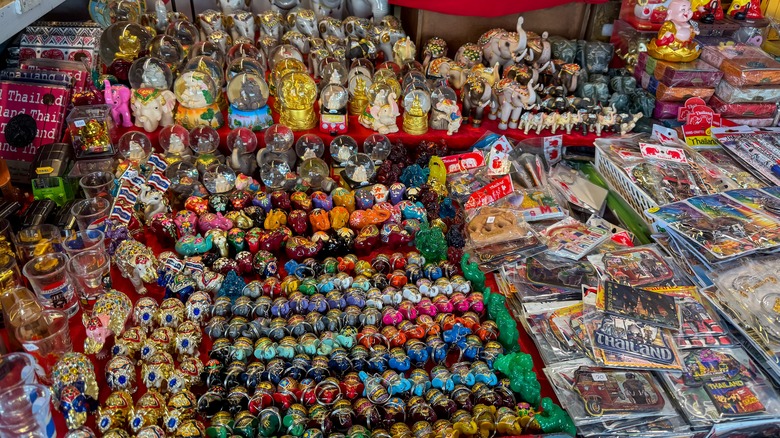18pack Travel Bottles for Toiletries,TSA Approved Silicone Travel size Containers for Toiletries,Leak Proof Refillable Liqus Shampoo And Conditioner Travel Essentials toiletry Bottles
$9.99 (as of April 27, 2025 19:00 GMT +00:00 - More info)When you set off for your European adventure, you might be prepared for many cultural differences, but one surprise often awaits American tourists at the gas station: you fill your gas tank before paying. This unexpected twist in the routine can be a bit of a shock, especially if you’re used to the American way of pre-paying before you fill up. While it might take a moment to get accustomed to this system, it’s a fascinating glimpse into how daily life differs across the pond. From budget-friendly public transportation options to smaller, more fuel-efficient cars, and even the higher price of fuel, traveling in Europe offers plenty of moments that can astonish and delight. So, grab your sneakers, embrace these differences, and enjoy your European journey with an open mind and a sense of adventure. Have you ever wondered what kind of things shock American tourists when they first visit Europe? Is it the smaller food portions or perhaps the European bidet that leaves Americans fascinated and confused? There’s no shortage of interesting discoveries for American travelers across the pond. Yet, one surprising aspect that often catches many off guard has to do with gas stations. Let’s dive into what makes European gas stations such a talking point for American visitors.
Shop These Accessories for a Comfortable Trip
The Unexpected Twist: Fill Up First, Pay Later
Traditional vs. Modern Payment Methods
In Europe, you can typically fill your gas tank and then pay afterward, although this isn’t the only option. Many gas stations have pay-at-the-pump services where you insert your card before filling up. Usually, these machines require a card with a chip and PIN, which might be a different experience if you’re used to swiping your card at American gas stations.
The Viral Reaction
A TikTok video by @misscaramaria highlighted this cultural difference and went viral. In her experience in Ireland, she filled her gas tank and then paid inside the store. The comment section of her video was filled with similar stories from people across Europe, Canada, and Australia, confirming that this is common practice in those regions as well.
American vs. European Systems
So why the difference? In the U.S., the common method is to pay before you pump, a system designed primarily for preventing fuel theft. Europeans, on the other hand, seem to trust that you’ll indeed come in and pay after filling your tank – and for the most part, they do!
| Comparison | U.S. Gas Stations | European Gas Stations |
|---|---|---|
| Payment Timing | Pay before pumping | Fill tank, then pay |
| Card Requirement | Often swipe | Chip and PIN usually required |
| Theft Prevention | High | Moderate to Low |
The Sticker Shock of Fuel Prices
The Price Per Gallon vs. Per Liter
One thing you may already be anticipating if you’re heading to Europe is the price of fuel. In most European countries, fuel can cost between $6 and $8+ per gallon. Denmark, Iceland, and the Netherlands often sell gas for the higher end of that range. Europeans display fuel prices in liters, which may be a tactic to prevent scaring away American visitors. Considering there are approximately four liters in a gallon, the math can be quite shocking.
| Country | Price per Gallon |
|---|---|
| Denmark | $8+ |
| Iceland | $8+ |
| Netherlands | $8+ |
| U.K. & France | $6-$8 |
Budget Considerations
The high price of fuel in Europe shouldn’t deter you from driving, though. Europe’s smaller country sizes make for shorter travel distances, and you can potentially save by opting for a fuel-efficient rental car. Additionally, supermarkets in many countries such as the U.K. and France offer slightly cheaper fuel options compared to regular gas stations.

Shop These Accessories for a Comfortable Trip
Navigating More Transportation Oddities
Superior Public Transportation
European public transportation frequently wows American tourists. With plentiful options such as frequent and relatively affordable trains and buses, getting around Europe can indeed be a breeze. Bus travel, for instance, can be an extremely economical way to explore different cities and countries.
The Cycling Culture
Another surprise? The sheer amount of European commuters who travel by bike. In the Netherlands, it’s common to see rows upon rows of bikes parked outside train stations. It’s a testament to the bike-friendly infrastructure and a culture that prioritizes eco-friendly transportation.
Walkable Cities
European cities are also praised for their walkability. American tourists are often impressed by how much walking they end up doing, whether it’s exploring historical sites or shopping in local markets. Packing a solid pair of sneakers for your trip is a must.
Different Driving Styles and Car Sizes
Smaller Cars Rule the Roads
In Europe, you’ll notice that the cars are typically much smaller than those in the U.S. Given the narrow streets in many historical cities and the high cost of fuel, smaller cars are not just a preference but a practical necessity. Driving a bulky pickup truck is neither convenient nor economical.

Conclusion: Embrace the Differences
When traveling abroad, it’s essential to embrace the differences in local customs and ways of life, including how you fill up your gas tank. Whether it’s smaller cars, expensive fuel, or having the freedom to walk and bike more, each of these experiences offers a unique glimpse into European life. So, on your next European adventure, go with the flow—fill your tank, pay afterward, and enjoy the ride!
Shop These Accessories for a Comfortable Trip






